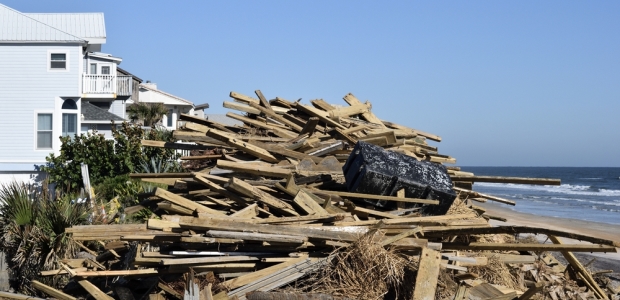
Slightly Lower Atlantic Hurricane Activity Forecast
"Coastal residents are reminded," Colorado State University Department of Atmospheric Science Research Scientist Philip J. Klotzbach and Associate Professor Michael M. Bell wrote, "that it only takes one hurricane making landfall to make it an active season for them, and they need to prepare the same for every season, regardless of how much activity is predicted."
The 2017 Atlantic hurricane season "will have slightly below-average activity," forecasters from the Colorado State University Department of Atmospheric Science predicted in their forecast issued April 6. Research Scientist Philip J. Klotzbach and Associate Professor Michael M. Bell wrote in their forecast that weak or moderate El Nino conditions can be expected by the peak of the Atlantic hurricane season, while the tropical Atlantic "has anomalously cooled over the past month and the far north Atlantic is relatively cold," as supporting this prediction.
It forecasts 11 named storms during the season -- down slightly from the 1981-2010 median of 12 -- and four hurricanes, two of which would be major hurricanes. The probability for at least one major (category 3, 4, or 5) hurricane to make landfall anywhere on the U.S. coastline is 42 percent -- again, down from the average of 52 percent for the past century, they wrote.
The probability of a major hurricane making landfall on the U.S. East Coast is only 24 percent, down from the last-century average of 31 percent, and the that for the Gulf Coast is also 24 percent, down from a 30 percent last-century average, they concluded.
Their forecast is based on an extended-range early April statistical prediction scheme that was developed using 20 years of past data.
"Coastal residents are reminded," they wrote, "that it only takes one hurricane making landfall to make it an active season for them, and they need to prepare the same for every season, regardless of how much activity is predicted."